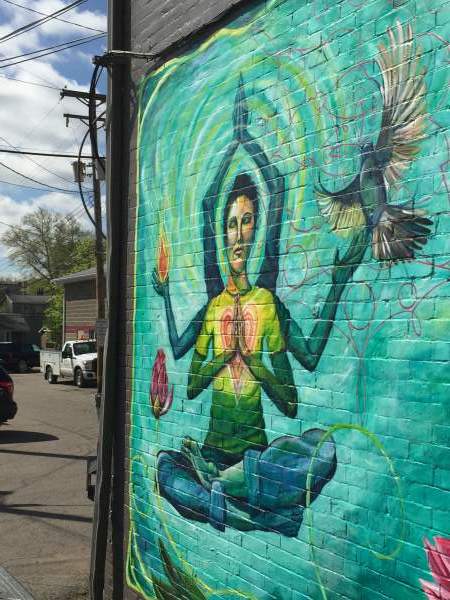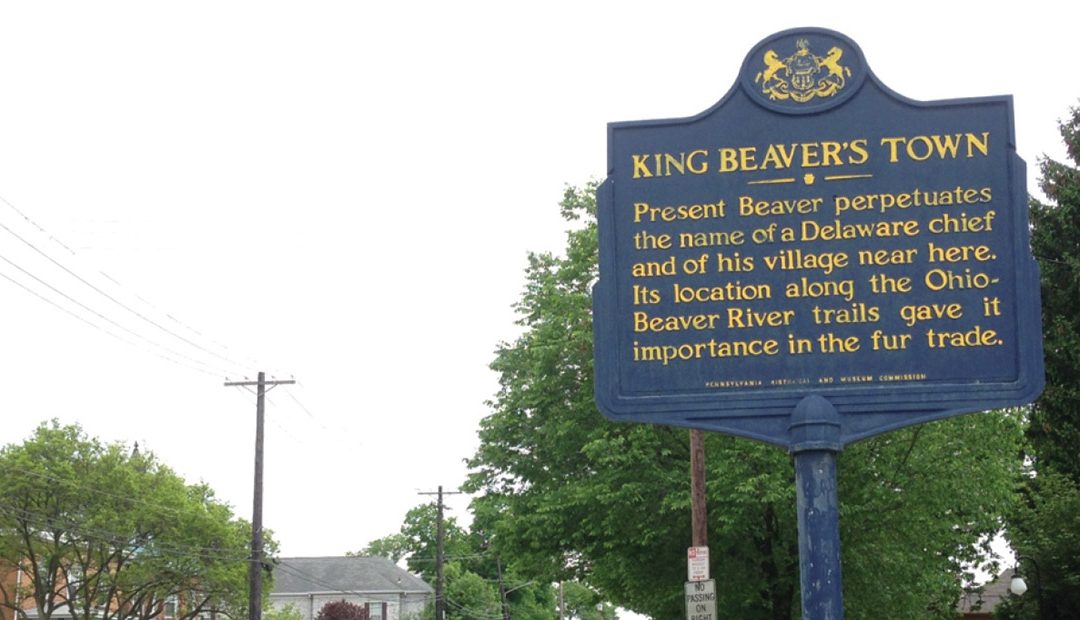[PHOTO CAPTION: “King Beaver, aka Tamaqua, was a brother of Pisquetomen along with Shingas.”]
By Valentine J. Brkich
If you’re from the Beaver area, you’ve probably heard of Tamaqua, aka “King Beaver,” and his notorious brother Shingas (of Beaver High School yearbook fame). But few know about their older brother Pisquetomen, who played a huge role in the French and Indian War.
Prior to moving to what today is western PA from the Susquehanna River valley, Pisquetomen served as an apprentice under his uncle Sassoonan, head chief of the Unami tribe of the Delaware. When Sassoonan died in 1747, Pisquetomen was supposed to be his successor. However, Pisquetomen was intelligent, strong-willed, spoke fluent English. In other words, he was not easily manipulated. He also had a bad temper. During the Seven Years’ War, aka the French & Indian War, between 1754-1763, it was written that Pisquetomen “was given to violent fits of temper made worse by the effects of liquor, literally beating captives into the dirt, people who, he believed, threatened to spurn offers of adoption and good treatment by the further betrayal of running away.” Therefore the Pennsylvania officials, who wanted to deal with someone who would be easier to manipulate in achieving their goals, refused to recognize him as “king,” and instead chose to raise up his brother Shingas.
Despite this, Pisquetomen would still end up playing a vital role in British-Delaware diplomacy during the French and Indian War. In 1758, when British General John Forbes was launching his major expedition across Pennsylvania to defeat the French at Fort Duquesne, he knew he will need the help of the Indians in order to do so. As a result, Gov. William Denny sent Christian Frederick Post, a Moravian missionary, on several missions to the Delaware Indian lands to see if he could get them to cut their ties with the French and, therefore, open up the way for Forbes.
On July 15, 1758, with Pisquetomen as his guide, Post set out from Philadelphia to the Delaware towns to gain the favor of the Indians for the British. Pisquetomen would end up leading Post across the Pennsylvania wilderness multiple times, allowing the missionary to achieve his goal of getting the Delaware to join the side of the British and, effectively, signal the end of the French empire in America.
Pisquetomen is believed to have died in 1762.
…That Beaver Station Cultural & Event Center (BeaverStation.org) wasn’t always in its current location?
The station was built in 1897 as part of the Pittsburgh and Lake Erie Railroad (P&LE). The last passenger train to stop there was in 1985. After that the structure was sold to the county and became the home of the 911 Emergency Response Center. When the 911 center moved to Ambridge in 2010, the station was sold to Beaver Borough, which then asked the Beaver Area Heritage Foundation (BAHF) to consider restoring the historic building. Beaver Station Cultural & Event Center officially opened in late 2015, following a $2.7 million-dollar fundraising campaign.
Originally, however, the station sat 100 feet to the west, smack dab in the middle of where the parking lot is today. It was moved to its current location when the railroad tracks were re-aligned during the construction of the P&LE Ohio River railroad bridge in 1910.
Have a “Do You Know?” about Beaver that you’d like to share? Email it to val@valthewriter.com.
SOMEWHERE IN BEAVER
Each issue we’ll be featuring a new photo of some location/building/object in our lovely little town. The first person to correctly identify the location of the photo (must include street name and closest business or address) will have his or her name printed in the next issue of the magazine. Email guesses to val@valthewriter.com.
Congratulations to Chuck Copeland, who was the first to correctly identify last issue’s photo of the brick sidewalk and antique iron railing to the right of the John J. Petrush Law Office along College Avenue! Who will be the first to identify this issue’s photo location?












